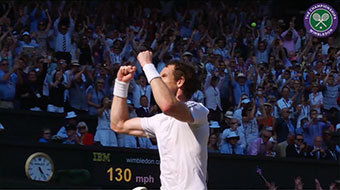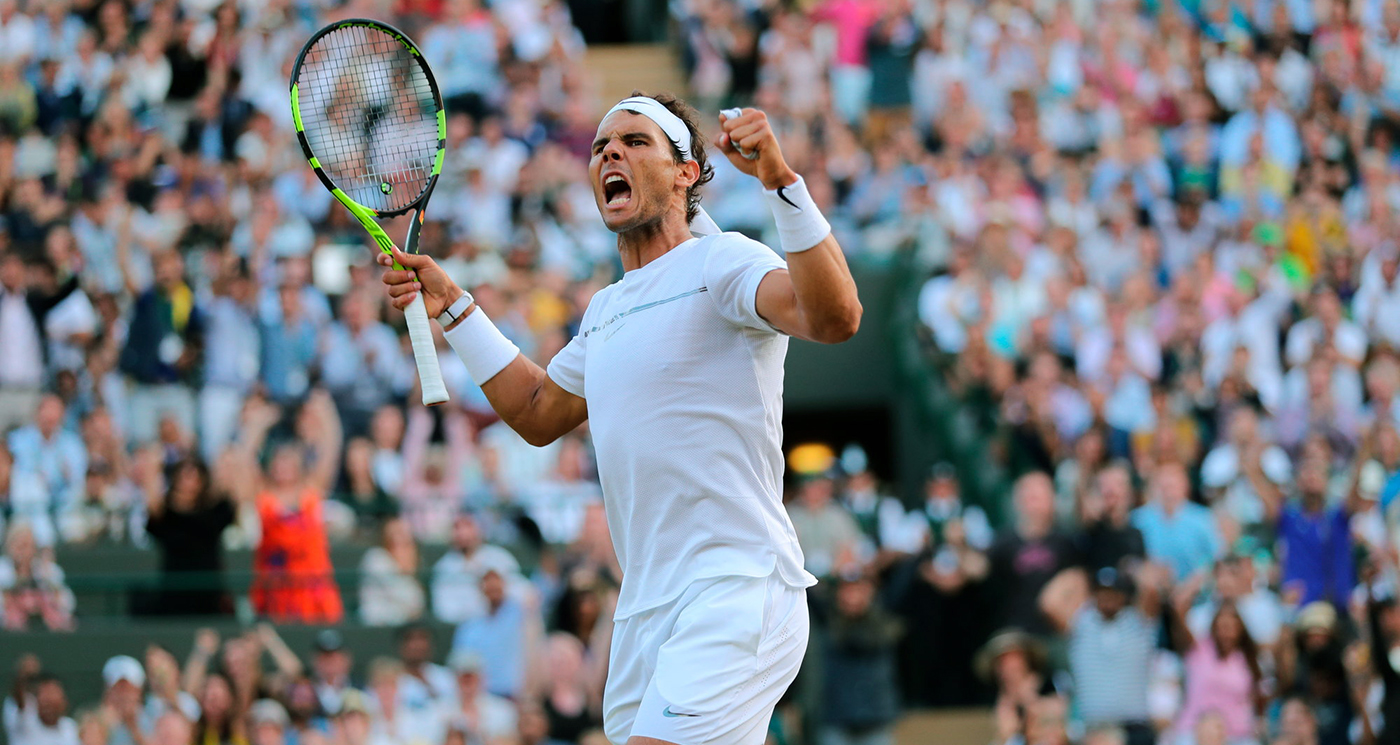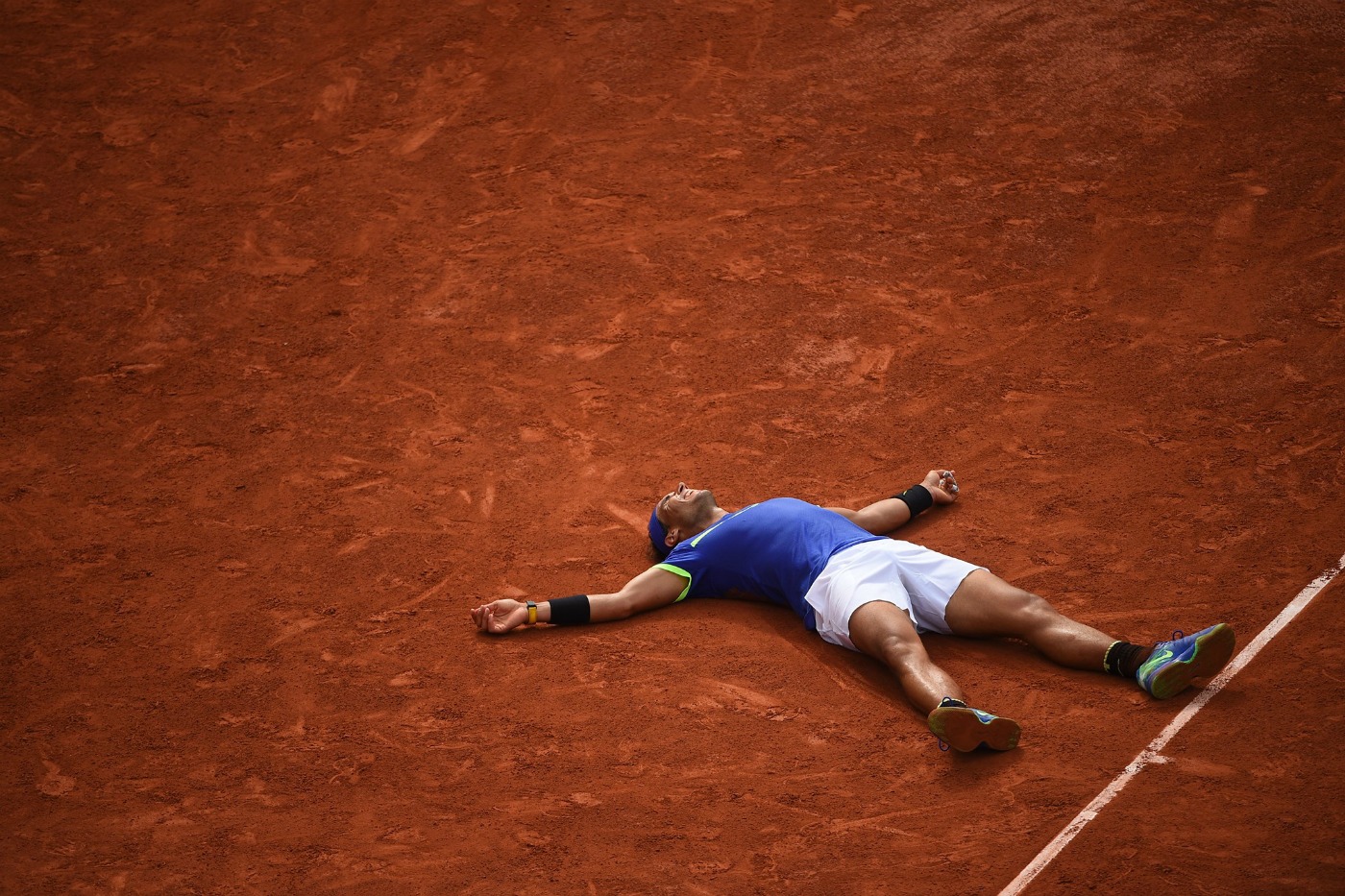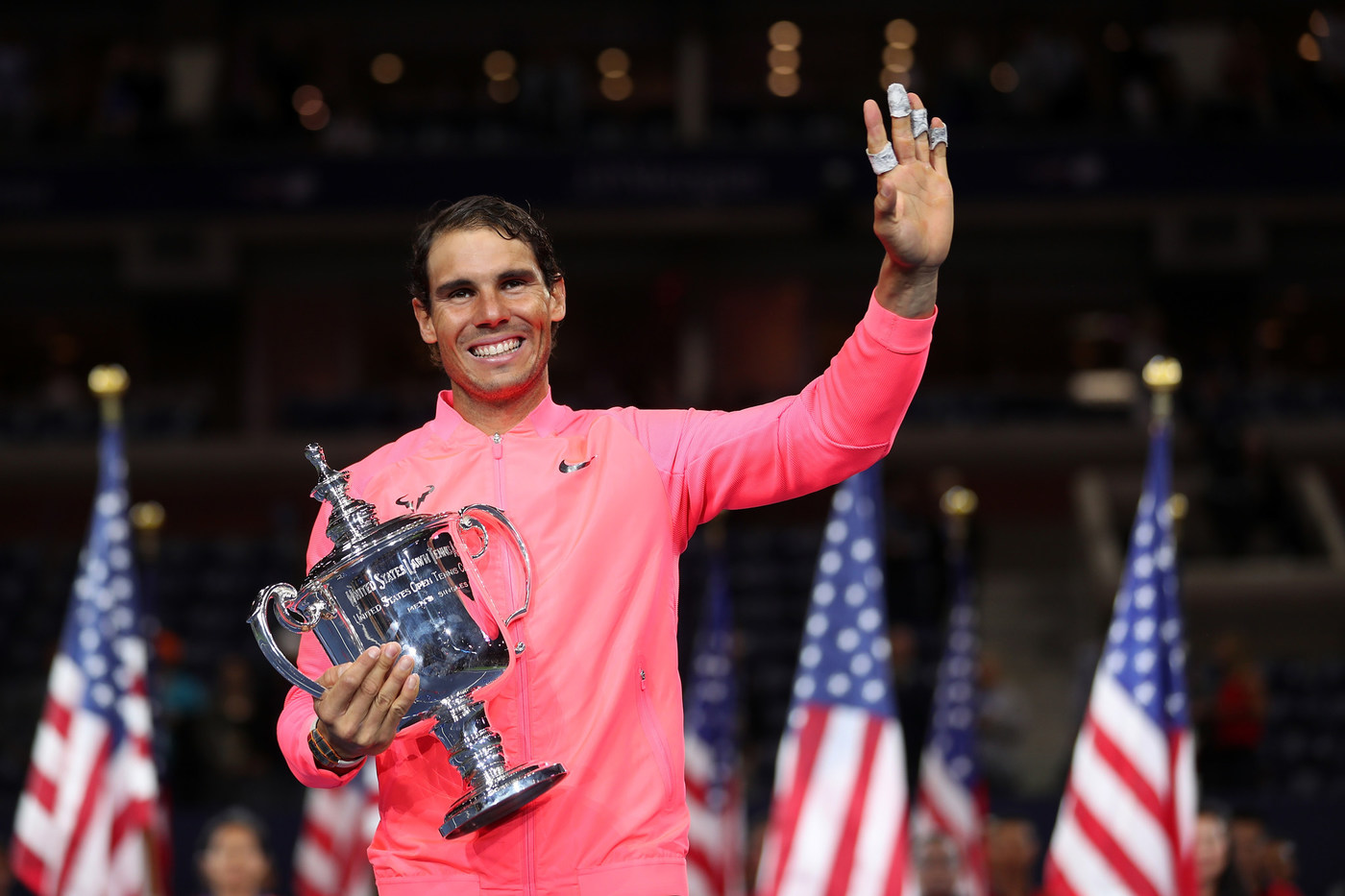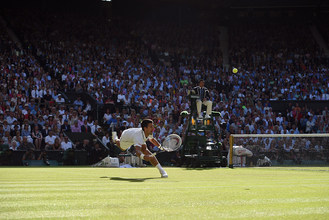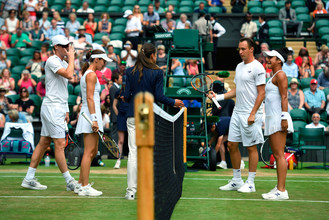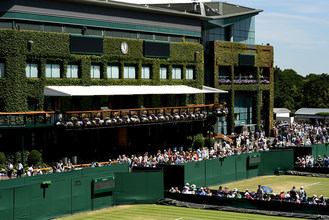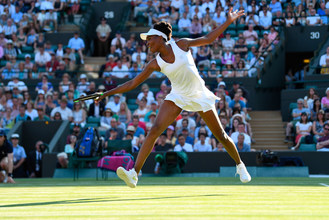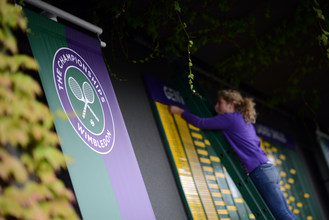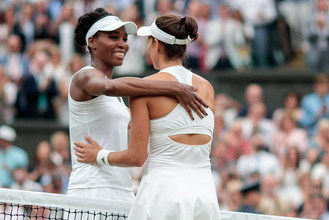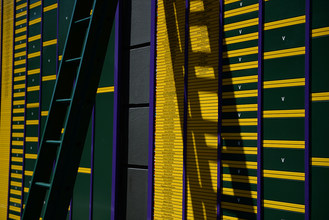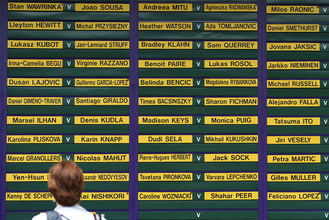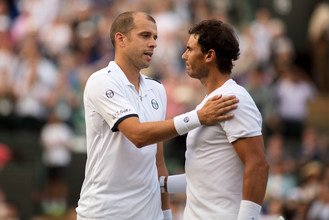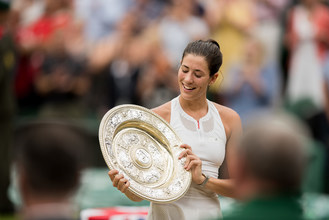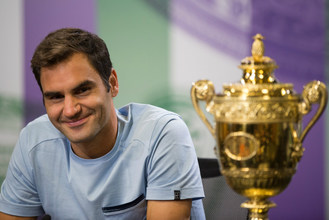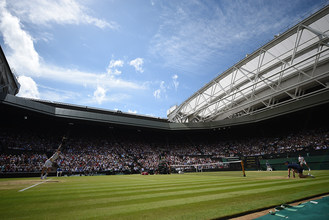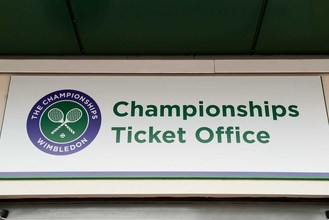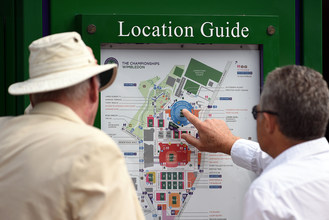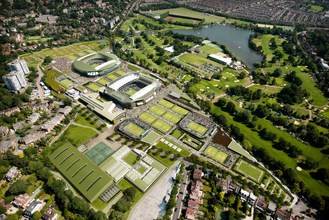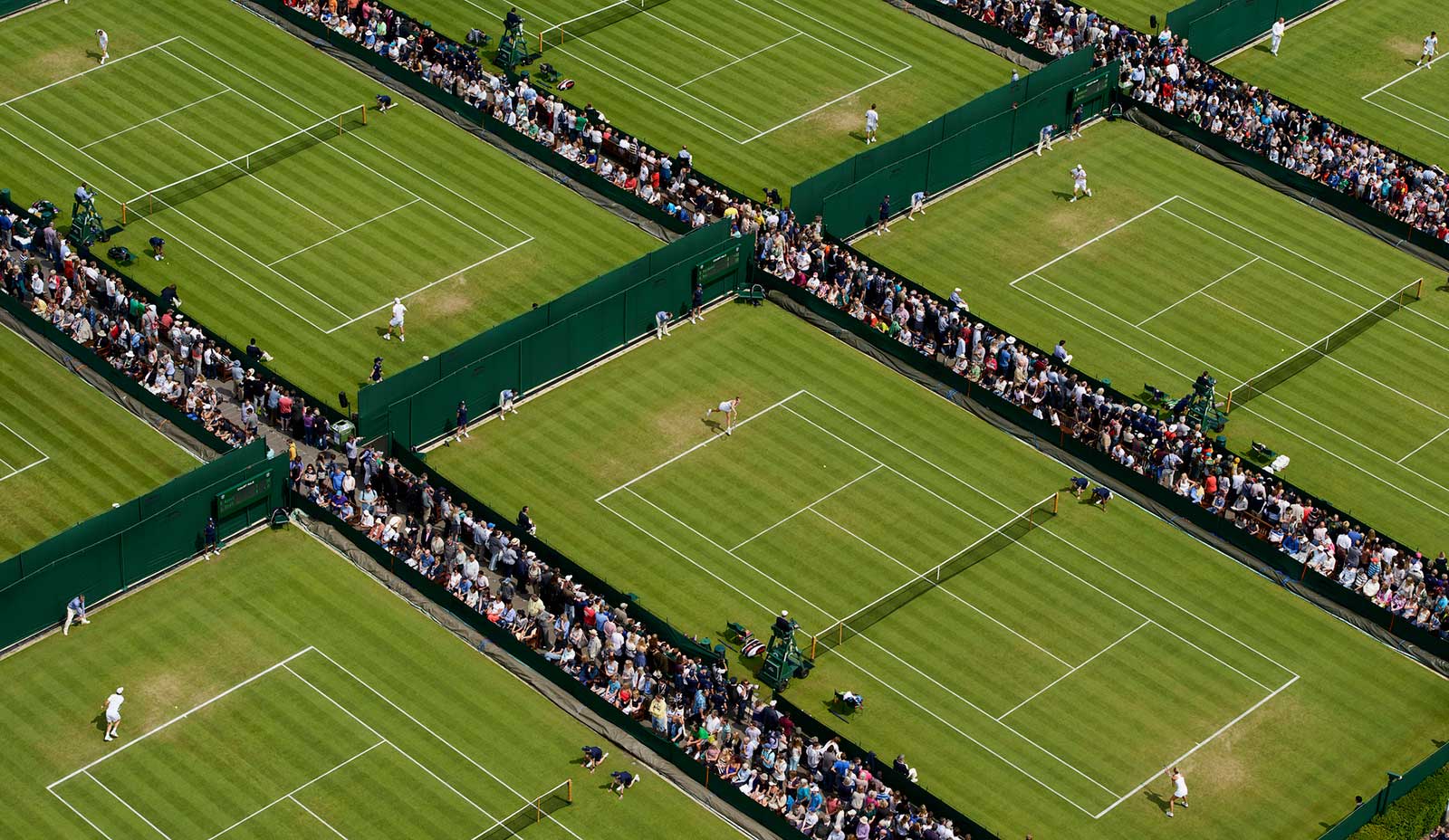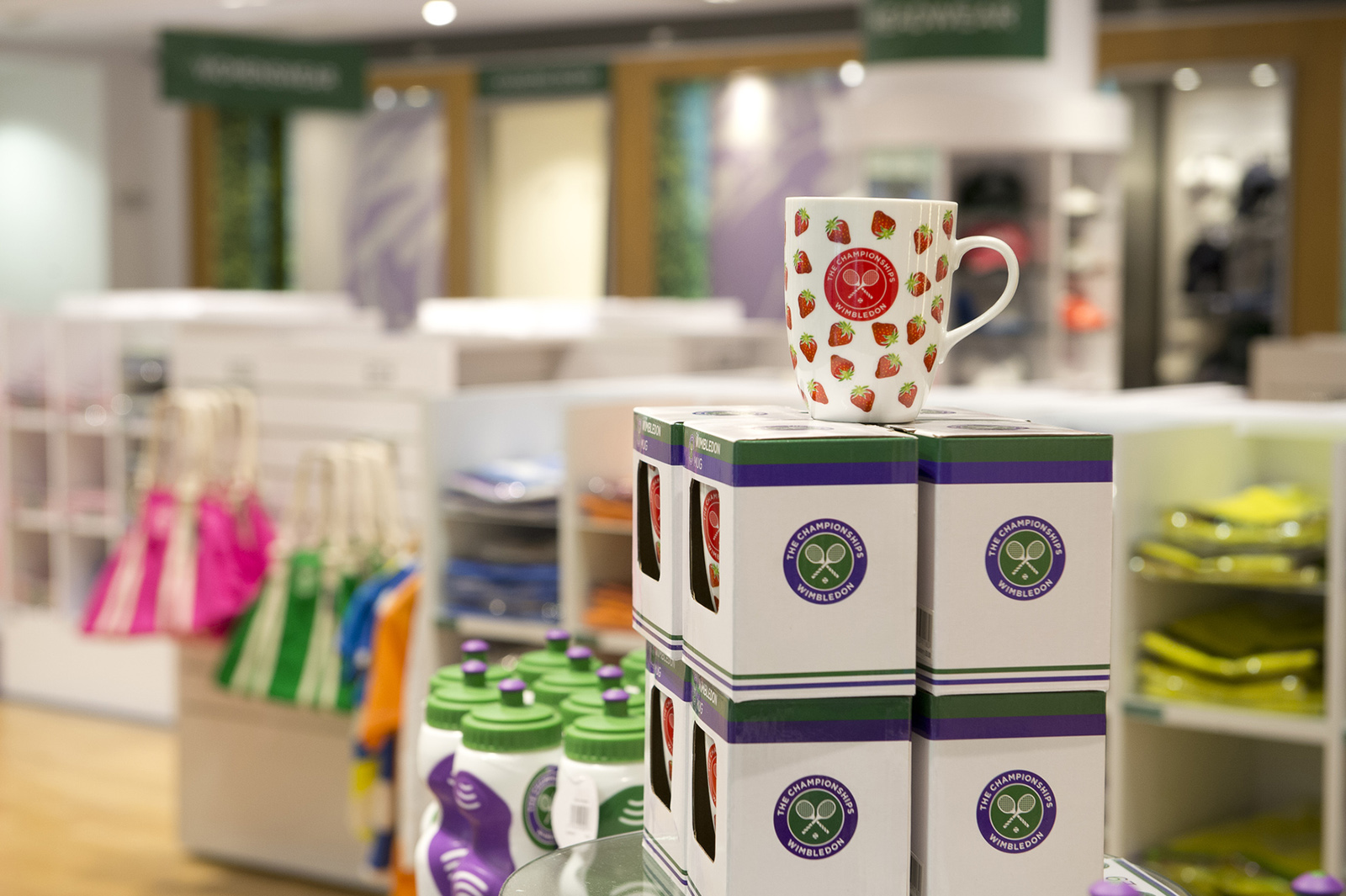"In 2005, I thought in 2017 I'd be fishing on my boat in Majorca" - Rafael Nadal
As recently as last year, there were many that echoed the Spaniard's sentiment. If Nadal's 2015 season, which saw his decade-long streak of winning at least one Grand Slam title come to an end, had hinted at the onset of a terminal decline, then his 2016 campaign was fair thrusting that suggestion in front of our faces.
It was perhaps at last year's Roland Garros when the alarm bells truly began to ring. Looking to reclaim his crown at the tournament he had near-enough owned since 2004, Nadal was forced to withdraw through injury in the third round.
As the Spaniard informed the press of his decision, few could remember him looking quite so sombre, and while he insisted it was "not the end," it was difficult not to fear for his long-term future.
Citing torn tendons in a left wrist that had been troubling him throughout the clay court swing, one could immediately see the problem at hand; over the years, that wrist had provided the torque and velocity that had powered Nadal to 14 Grand Slam titles. Without it, he would simply not be the same player.
Wimbledon was consequently starved of his presence that year, and while there were signs of recovery at the 2016 Olympics - where Nadal claimed gold in the men's doubles - he lost to Lucas Pouille in a pulsating fourth-round encounter at the US Open, meaning he had failed to reach a Grand Slam quarter-final for the first time in 12 years.
When Nadal called an end to his season in October after an early loss in Shanghai, with his wrist again troubling him, it was not stretching the imagination to wonder how much he and tennis had left to offer one another.
The hallmarks of decline were visible to all: failure to reach a Grand Slam semi-final since Roland Garros in 2014, a new-found propensity to lose to lower ranked players, and a breakdown in his famed ability to get over the line in the tightest matches. The Balearic coast seemed to beckon.
Of course, writing off Nadal is one of sport's cardinal sins; in 2013, he posted one of tennis' great comeback years by recovering from tendinitis to claim the Roland Garros and US Open titles, and end the year as world No.1.
But such is the physicality of the Spaniard's game that there have always been questions about how much his body might be able to withstand. Having once seemed indestructible, Nadal's 2016 travails indicated that his remarkable exertions over the years may finally be catching up with him.
Fast forward to the present day, however, and Nadal has once again assumed his position as the Lazarus of the ATP Tour, producing a career resurrection act to even trump his efforts in 2013.
His successes this year have been well documented: the electrifying run to the final in Melbourne, the fearsome dominance of the clay court season, the 10th Roland Garros singles title, the US Open triumph and, following his victory over Hyeon Chung at the Paris Masters, the securing of the year-end No.1 ranking.
It is a position that Nadal richly deserves, but not for his victories alone. Indeed, Roger Federer can match him for accumulated silverware this season.
Rather, it is when you factor in the completeness of Nadal's 2017 schedule and the consistency of his performances throughout the year that his world-leading ranking becomes fully warranted.
Having appeared near breaking point at the end of last year, calling time on his season with a 39-14 win/loss record to his name, Nadal has bounced back to the tune of 10 finals, six titles, a 67-10 win/loss record and improved showings at each of the Grand Slams.
It is the endurance level that has surprised - and delighted - just as much as the performance level. The question was never about whether Nadal's ability, but if the body and mind were willing to scale the heights once again.
As it is, both have taken him back to the game's summit as the oldest year-end world No.1 since the advent of computer rankings.
"One year ago for sure I never dreamed about being world No.1 again at the end of the season," said Nadal after his acheivement.
It is a dream that has been in part realised by the well-documented struggles of Murray, Djokovic and Stan Wawrinka, and Federer's reduced schedule. But then again, the afflictions suffered and decisions made by Nadal's closest rivals only serve to highlight what he has acheived this year.
At a time when the tennis world was realising it can no longer take Nadal's presence for granted, and at the age of 31, he has produced his most consistent season in years, and one that truly warrants his position on top of the world.

